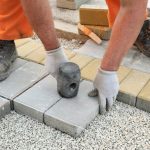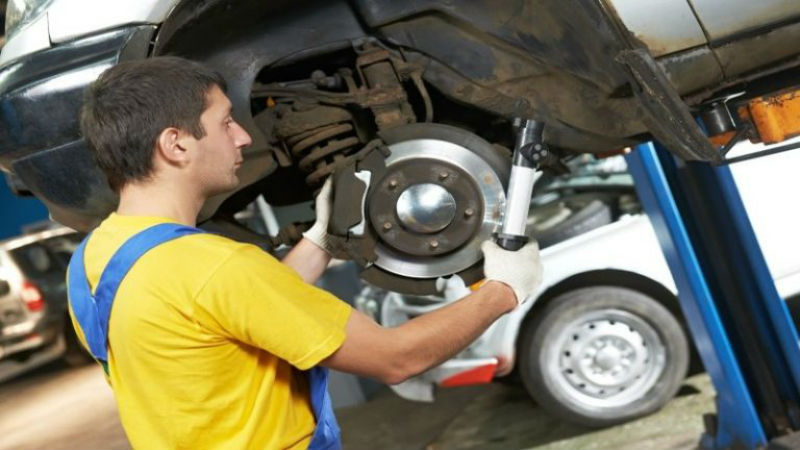When you first drive a new car off the dealer’s forecourt, the vehicle seems as if it is floating on air. Every bump, every pothole is swallowed up as if they were afterthoughts. There is only so much you can do to retain that feel. After a while, you can feel every imperfection in the road. In many cases, worn-out car suspension bushings are the culprit. When this time comes, the solution is to replace the bushings. The question then becomes, should you install rubber or urethane? There is no specific interval in which suspension bushings must be replaced. A lot has to do with driving style and road conditions.
Any mechanic will suggest that bushings be replaced when excessive road noise and vibration are sensed. Loose steering, lack of vehicle control, and rattling when driving over rough roads are also definitive symptoms that bushing replacement is in order. Bushings, although they may appear as an insignificant component, do far more than one might think. Bushings directly affect steering input and performance. They also affect the way the vehicle negotiates imperfect surfaces. Once bushings have reached the point where they no longer absorb energy, the energy is transferred to the chassis. Problem Solving Bushings highly recommend they be changed when they reach this point.
When vehicles are designed, the manufacturer gives little thought to performance when steering bushings are chosen. The objective is to provide the new car buyer with a vehicle that rides smooth and handles well. This is fine until the bushings fail. This is the ideal time to improve on that, which was installed at the factory. Factory-installed bushings are rubber. Polyurethane bushings, available in the aftermarket, do not deteriorate due to operating conditions or environments, including road salt, oil, grime, and more. Polyurethane bushings are the ideal replacement product. They absorb noise and vibration and ensure excellent handling characteristics.








